When the last tomato has ripened and the first frosts roll in, it’s time to tuck your raised beds in for a long winter’s nap. Think of it as putting the garden to bed — literally. Preparing now means healthier soil, fewer weeds, and a smoother start next spring. Here’s how to do it right.
How to Prepare Raised Beds for Winter (6 Easy Steps to Healthier Soil)
1. Clear Out the Old Growth
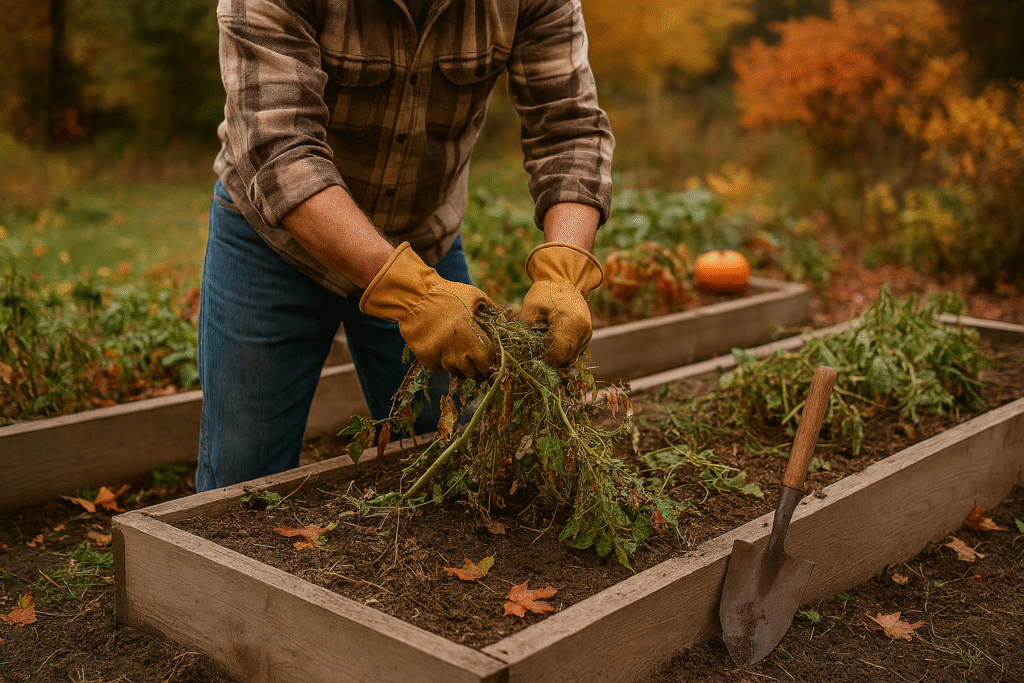
Pull up spent plants, weeds, and any stray tomato vines that look like they’ve had one too many late nights. Don’t just yank them out and move on — take the time to inspect the roots for signs of disease or insect damage. Removing old plants thoroughly not only tidies your garden, it prevents pests and diseases from surviving the winter and returning with a vengeance in spring. Even small bits of decaying vegetation can harbor fungal spores or insect eggs, so clearing every corner of your raised beds now sets your garden up for a healthier, more productive season next year. Think of it as giving your soil a clean slate, ready to soak up nutrients and grow strong, vigorous plants once the weather warms again.
👉 My Helpful Tip: A sturdy pair of puncture-resistant garden gloves and a heavy-duty digging fork make quick work of stubborn roots. Both will last you years — unlike those $5 gloves that rip the second they see a thistle.
2. Add a Layer of Compost or Manure
Your soil just ran a marathon growing all those veggies. Reward it with a nutrient-rich “spa treatment.” Spread 2–3 inches of compost or aged manure over the surface. By spring, the soil will be revitalized and ready to go.
👉 My Helpful Tip: If you don’t make your own, a bag of organic mushroom compost is an instant win. Want to go big? A rolling dual-chamber compost tumbler is a higher-ticket tool that keeps kitchen scraps out of the trash and gives you endless black gold for your beds.
3. Protect with Mulch
Mulching is like giving your soil a winter coat. Cover crops (like winter rye or clover) are great if you want something living in the beds, but shredded leaves, straw, or even wood chips work wonders too.
👉 My Helpful Tip: Turn messy fall cleanup into mulch with a leaf shredder mulcher. It chews through piles of leaves and spits out perfect, fluffy mulch that insulates your beds all winter.
4. Check Your Bed Frames
Wooden raised beds can take a beating after a season of sun, rain, and frost. Check for cracks, warping, or loose screws. Replace or reinforce boards now instead of letting them collapse in the middle of next year’s cucumber party.
👉 My Helpful Tip: Seal up and strengthen your frames with eco-friendly wood sealant and a compact cordless drill/driver kit. If your beds are nearing retirement age, consider upgrading to a galvanized steel raised bed kit — built to outlast wood and look sharp in the yard.
5. Cover Them Up
If you want to go the extra mile, consider using a raised bed cover or hoop tunnel. This keeps snow, ice, and excess rain off the soil while helping protect overwintering crops like garlic or kale.
👉 My Helpful Tip: A mini hoop house kit or a cold-frame cover with hinged lid (high-ticket item!) turns your raised bed into a mini greenhouse. Bonus: you’ll stretch your growing season into early spring without needing a full greenhouse setup.
6. Sharpen and Store Tools
Your raised beds aren’t the only ones needing prep. Clean and oil your shovels, hoes, and pruners before storing them for the season. Future-you will thank you in April.
👉 My Helpful Tip: A garden tool care kit keeps everything sharp, rust-free, and ready for spring. Pair it with a weatherproof outdoor storage bench so your tools stay organized instead of buried in the garage.
❓ FAQ: Winterizing Raised Beds
Should I cover my raised beds in winter?
Yes. Covering raised beds with mulch, leaves, straw, or a hoop house helps protect the soil from erosion, weeds, and extreme cold. It also keeps beneficial microbes active until spring.
Do I need to remove old plants from my raised beds?
Absolutely. Old roots and dead plants can harbor diseases and pests. Pull them up, add them to your compost pile (if they’re healthy), and start fresh next season.
What’s the best mulch for winter raised beds?
Shredded leaves, straw, and wood chips all work well. Leaves are free and break down quickly, while straw and wood chips insulate longer. The key is adding 2–4 inches for proper soil protection.
Can I plant anything in raised beds over winter?
Yes — hardy crops like garlic, kale, spinach, and winter rye (as a cover crop) can grow through the colder months if your beds are protected with mulch or a cover.
Do I need to fertilize raised beds before winter?
Instead of fertilizer, add compost or aged manure. These break down slowly over the winter and enrich the soil naturally, making it nutrient-rich by spring.
🛠️ Recommended Gear for Winter Bed Prep
Here’s a quick roundup of the tools and supplies I use (and recommend) for winterizing raised beds:

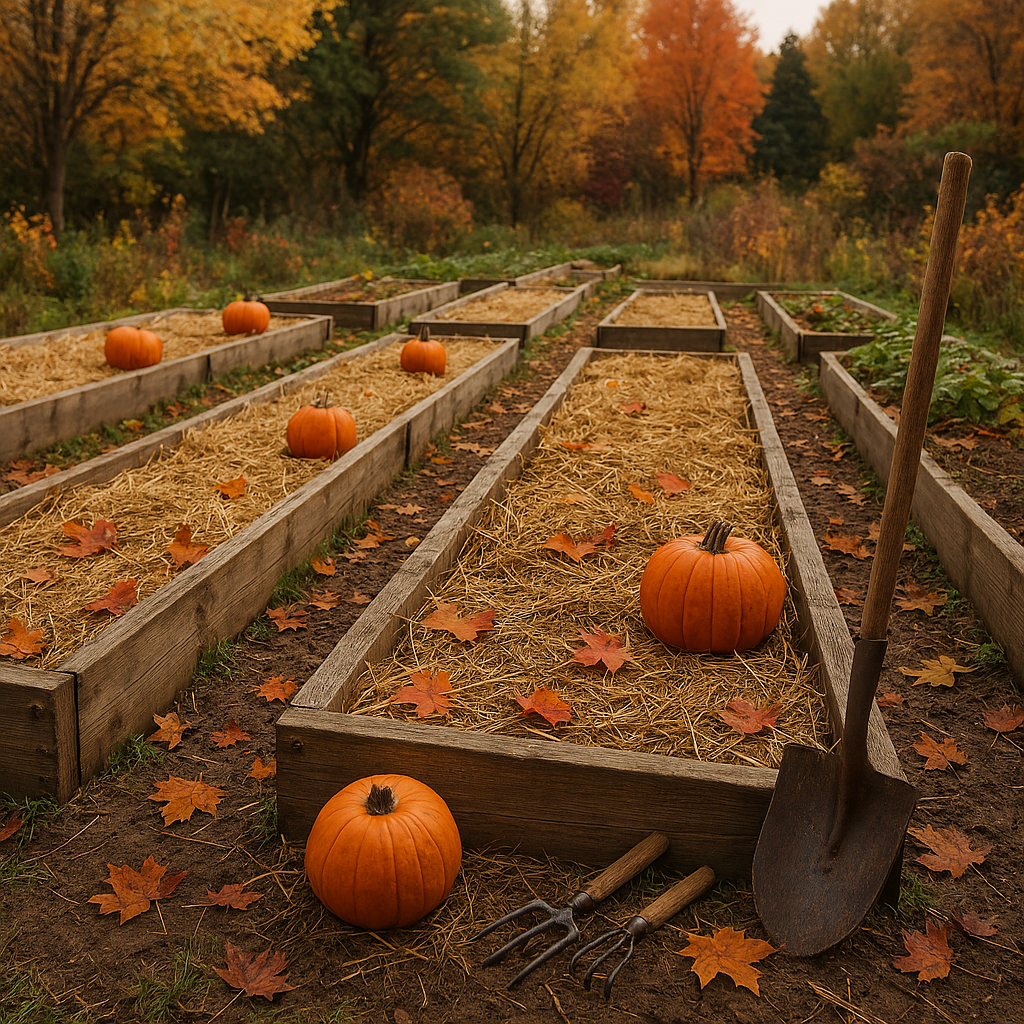

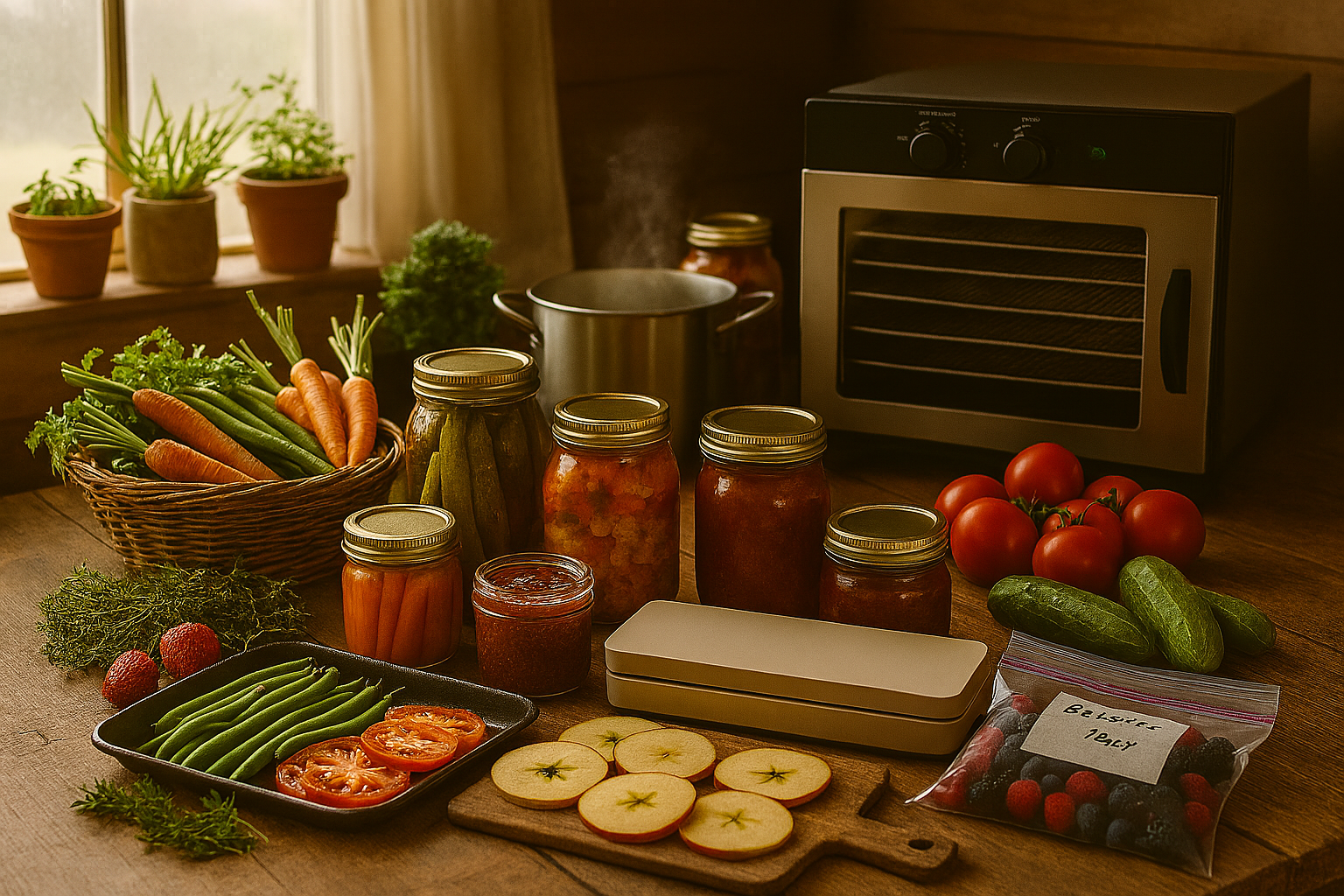
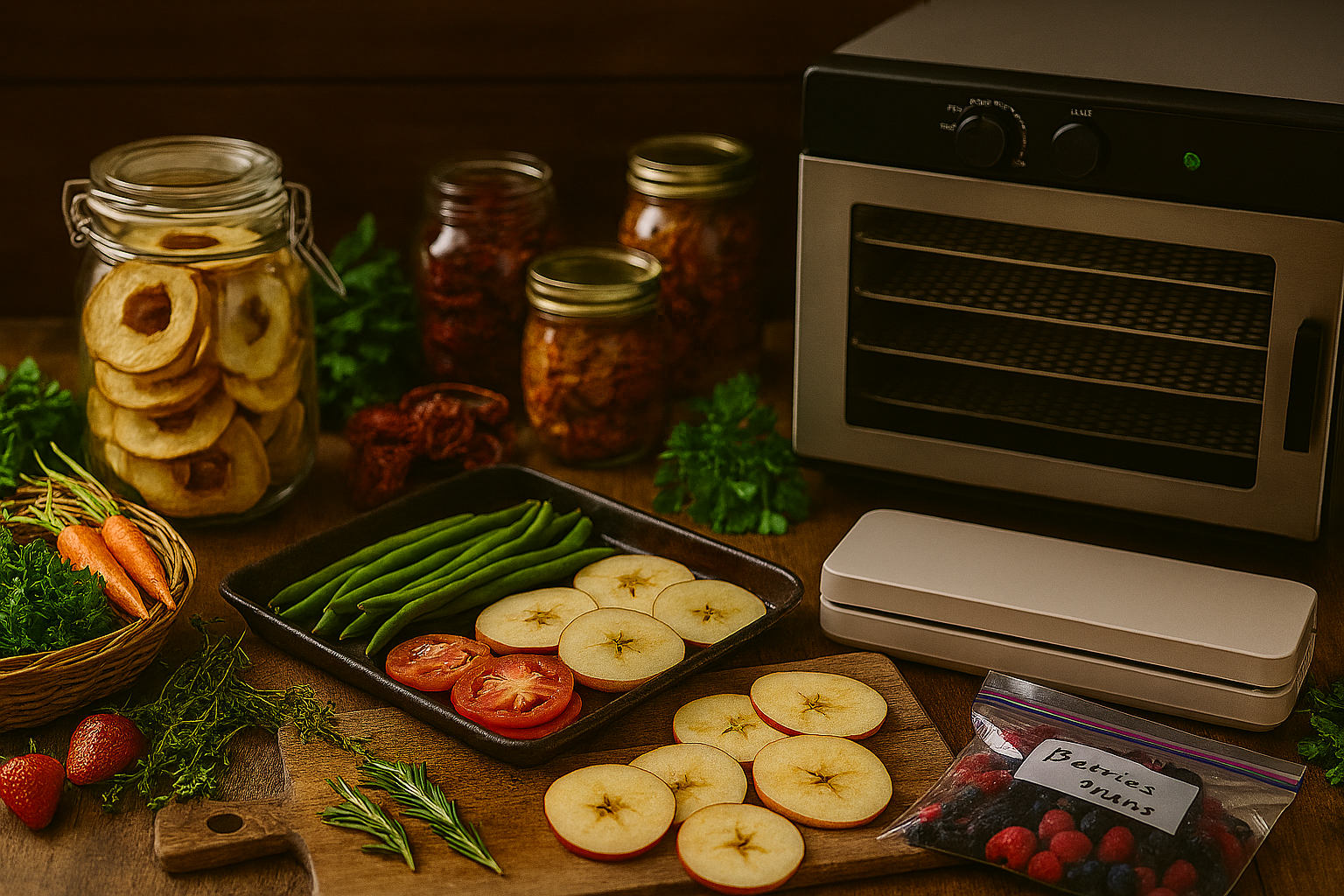
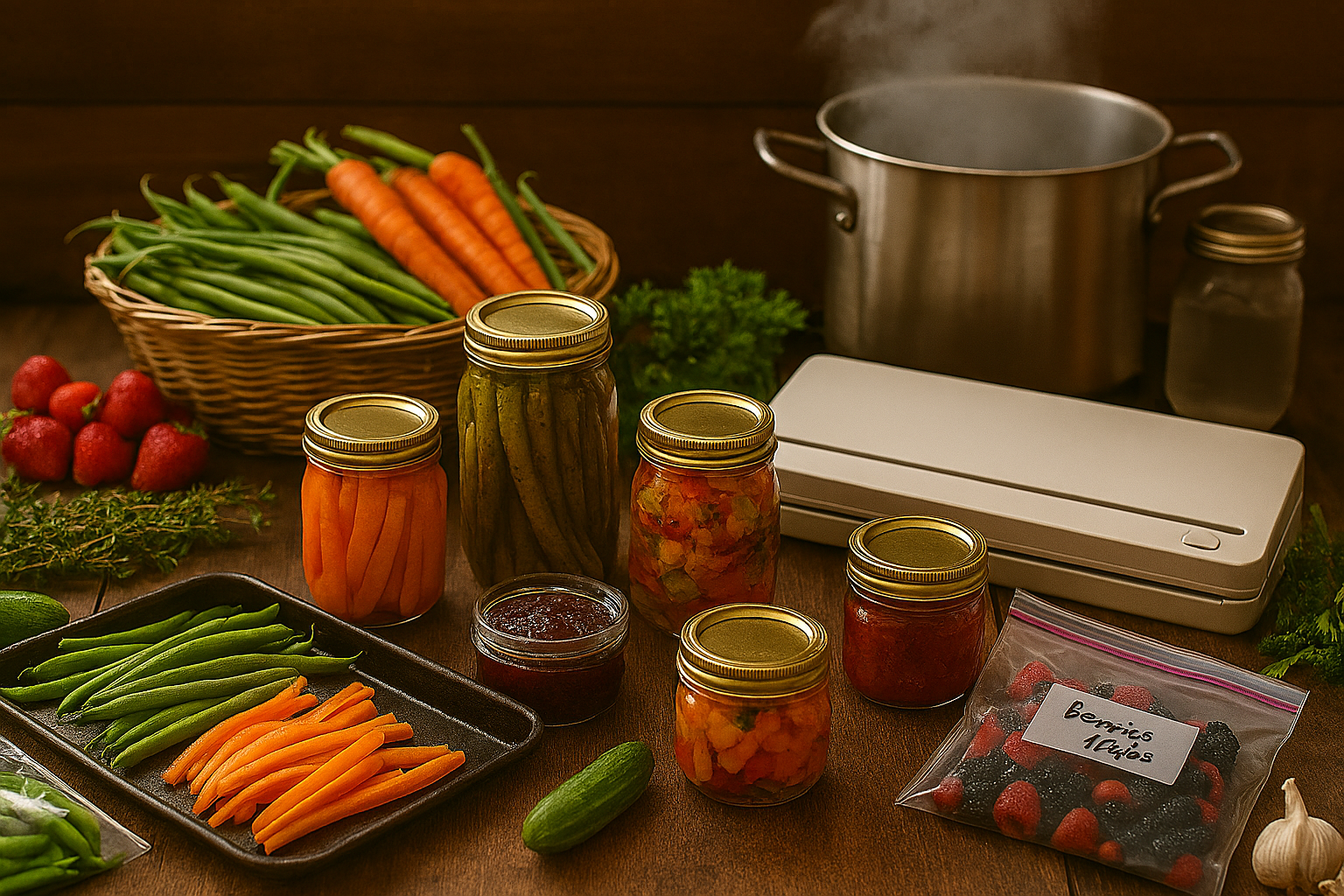
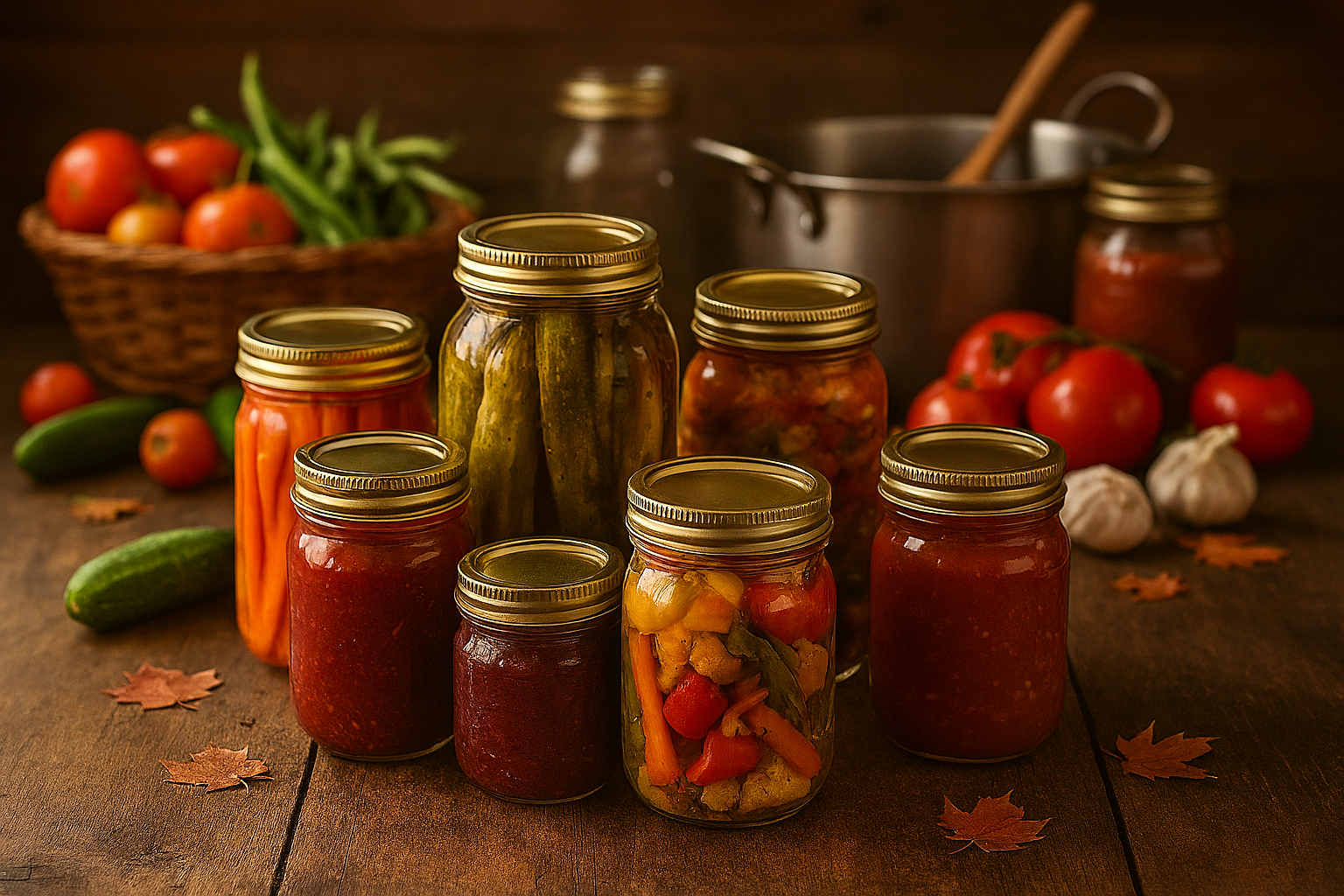
Leave a Reply